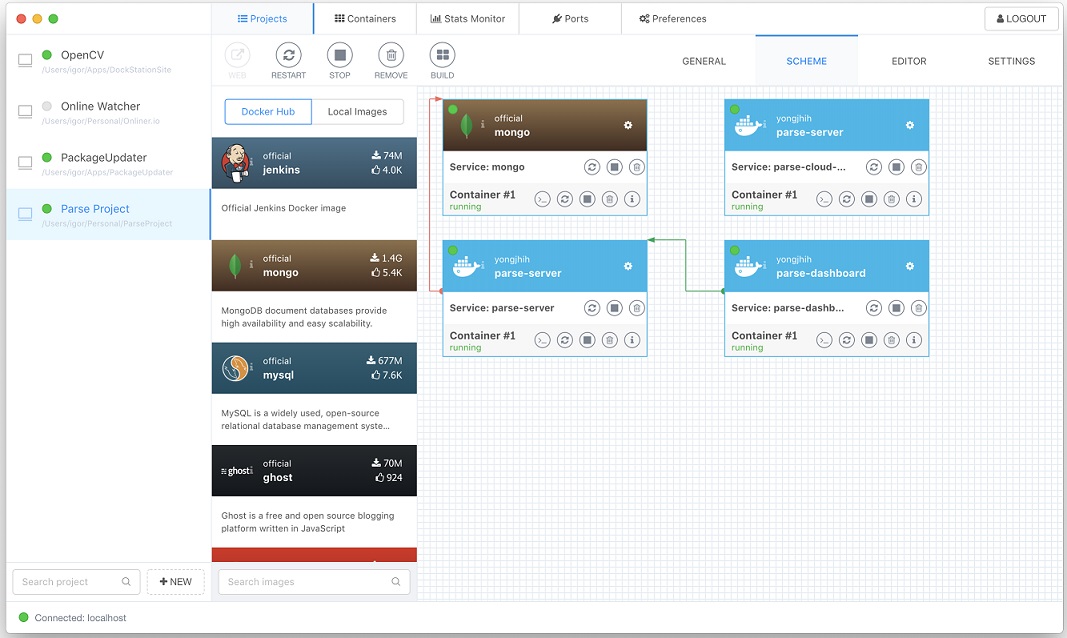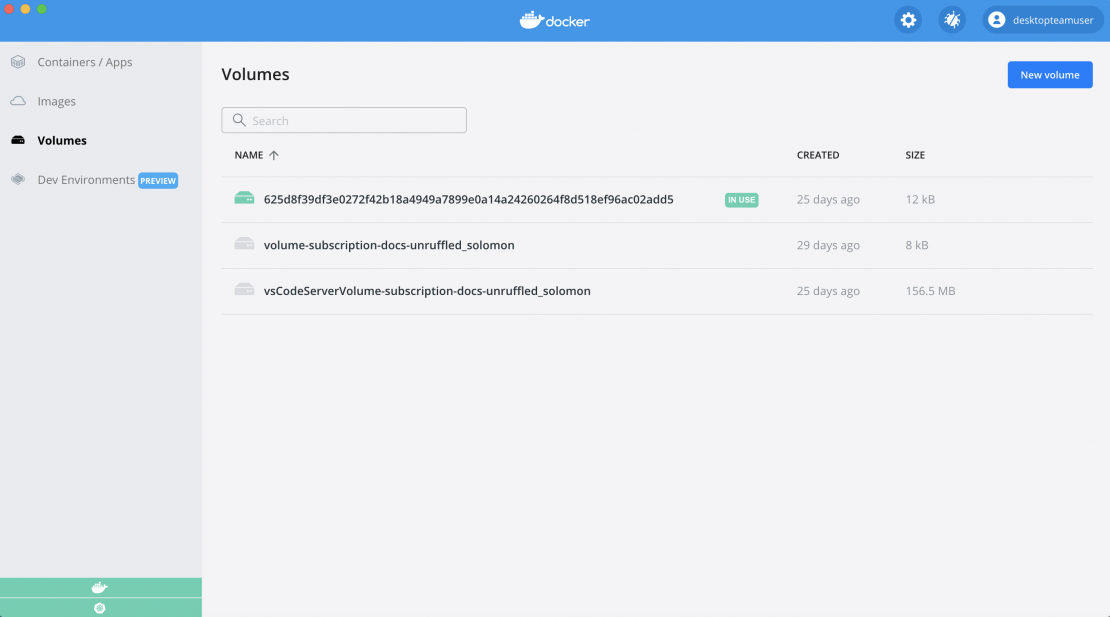
Here's the config for sonarr, which I'm trying to set up now: Images are tagged using latest or stable and the specific build version number. Create three data volumes > docker volume create gitlab-data-vol > docker volume create gitlab-log-vol > docker volume create gitlab-config-vol Docker mounts the project_root volume from the host over NFS, then project containers mount this volume. Review all steps to view the symptom this Gist addresses, customize a workaround to allow for >256GB Docker pulls safely on Windows, then perform a backup and recovery of the result (export and import). Using Linux containers for software development has many benefits. Docker maintains the physical location on the disk and you only need to remember the name of the volume. WSL 2) may start to eat away at your hard drive space. The volume gets created successfully, and the container can use it just fine, however it appears to resolve the path to the location in the WSL2 container when it saves it. Docker uses symbolic links to give the volume a friendly path inside the container, like C:\data.Some application runtimes try to follow the friendly path to the real location - which is actually outside the container - and get themselves into trouble. Windows Subsystem for Linux (WSL) 2 introduces a significant architectural change as it is a full Linux kernel built by Microsoft, allowing Linux containers to run natively without emulation. This works fine but with one exception, everything is ownedet by root:root. Now that we have installed WSL2, we can configure it on Docker Desktop for Windows.
#Docker desktop volume location update#
If not using WSL2 on Windows, right-click on the Docker task bar item, select Settings / Preferences and update Resources > File Sharing with any locations your source code is kept.

Backup and restore WSL2 vhdx, avoid 256GB vhdx limit for docker desktop WSL2 native. I got interested in trying out Gitpod on my Windows machine so I followed the steps for self installation here. Hello, I found your article helpful but a year later it seems like Docker has made this a bit easier. Create a volume by using the docker volume create command. Local docker volumes (as well as images and other data) are kept in docker-desktop-data, probably to provide common access across any installed WSL2 instance (for which Docker integration has been enabled), as well as PowerShell.

A new window will appear: By default, the WSL2 integration is not active, so click the "Enable the experimental WSL 2 based.

#Docker desktop volume location install#
That's the prerequisite starter for Docker Desktop covered, so now lets get to the main course! Install via Chocolatey with choco install docker-desktop or it can be downloaded from. This is the inspect for the volume It may need some docker restart or PC restart.


 0 kommentar(er)
0 kommentar(er)
